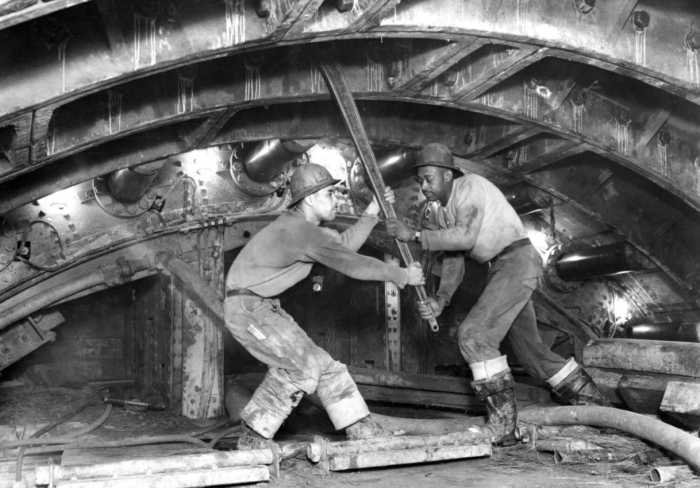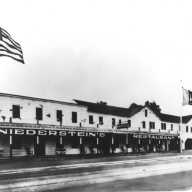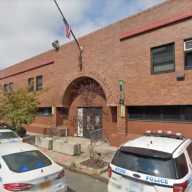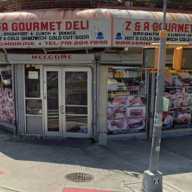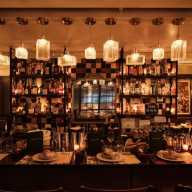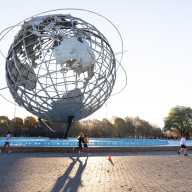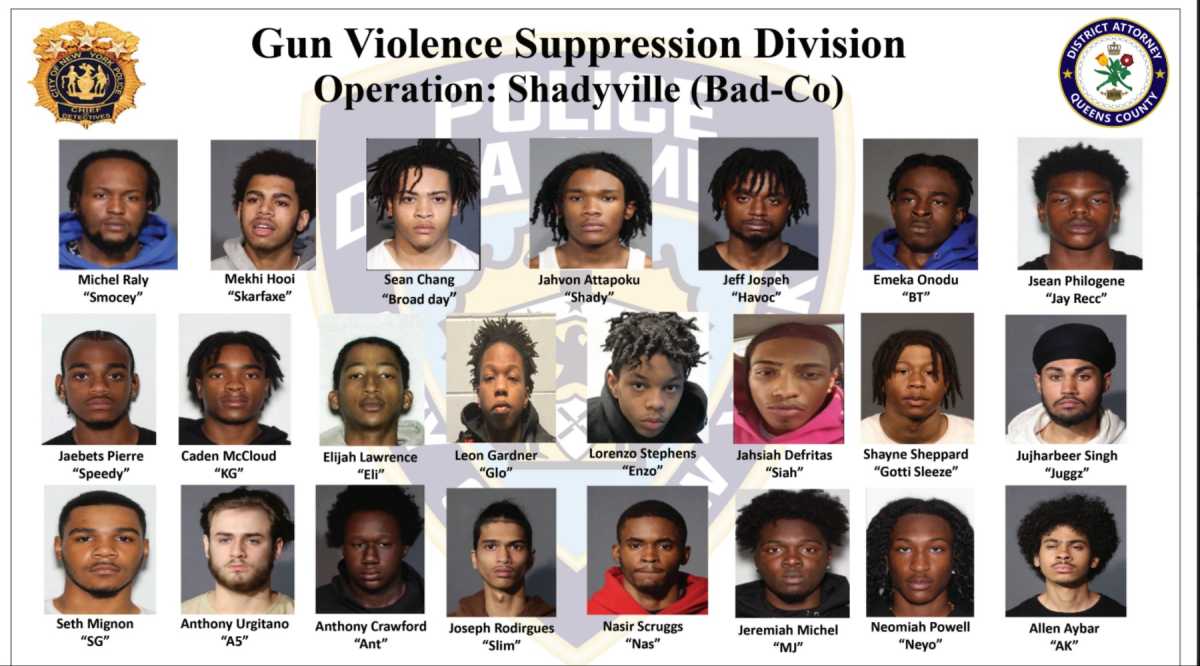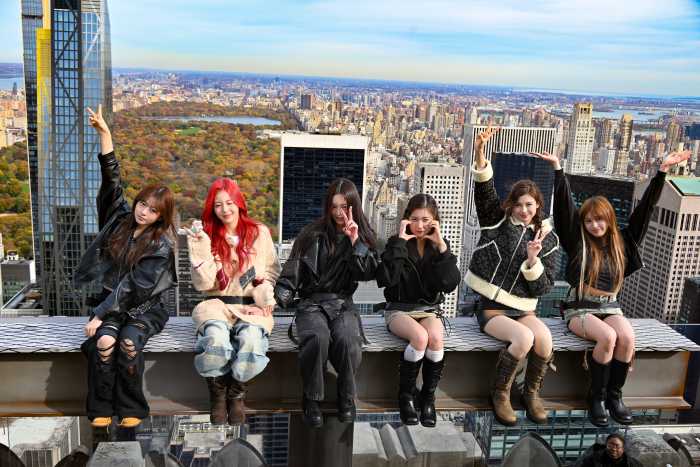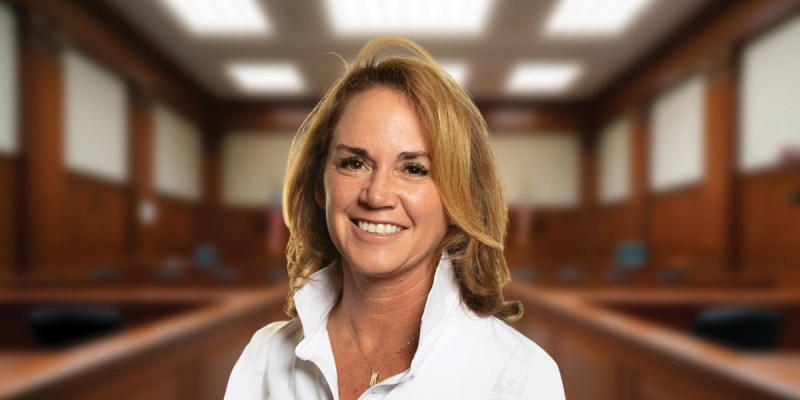When the historic “March for Farmworker Justice” stopped to have lunch at the Ridgewood Democratic Club on their way from Smithtown, L.I., to Albany in May 2016, it seemed incongruous that the farmworkers would choose such an urban setting for a brief respite during their 200-mile march to the state capitol. Old timers in the room that afternoon explained that the choice of Ridgewood was not strange at all, considering its long agricultural history.
They explained that for centuries, Ridgewood was primarily farmland, used to supply crops to markets in nearby Brooklyn and Manhattan. The area that is Ridgewood today was originally home to the Lenni Lenape people until a deed was agreed upon with the Dutch West India Company. Europeans began settling in the region, beginning with Dutch settlers during the 17th century, but it remained rural until the early 1900s, when it became home to German immigrants and underwent its first building boom with the construction of thousands of row houses.
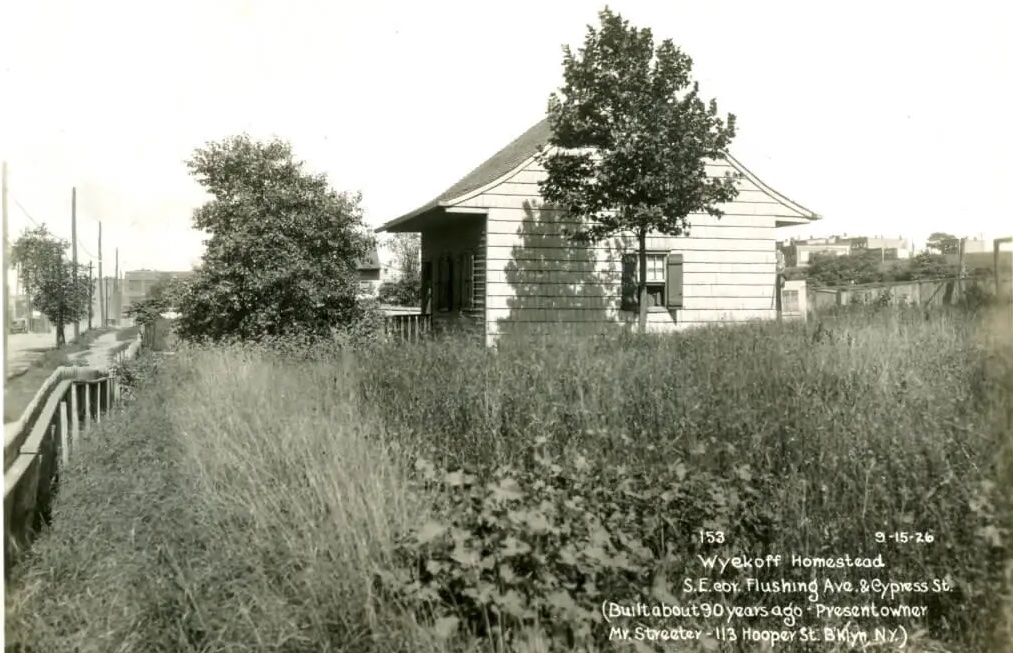
By the mid-19th century, public transportation via trains and trolleys made Ridgewood more accessible to Brooklyn and Manhattan. Beer gardens, racetracks and picnic parks opened across Ridgewood, and other ethnic groups followed, primarily Italians and Eastern Europeans. Another building boom occurred from 1905 to 1915 to house the growing population. Industrial and commercial growth followed with an influx of factories, mills and breweries. Construction slowed down during World War I, but resumed afterward and by the 1930s, the last of Ridgewood’s farmland was developed.
The large German population became unsettled with the rise of the Third Reich in the mid-1930s. Brawls and riots broke out from time to time between Nazi sympathizers, known as the Efdende Organization, and communists. It came to a head on April 8, 1934, when thousands of Nazi sympathizers gathered at the Ridgewood Grove Arena at the corner of St. Nicholas Avenue and Palmetto Street, calling for a boycott against Jewish merchants in the neighborhood. Hundreds of communists, Jewish war veterans and antifascists attacked them as the meeting broke up, leading to widespread violence along Onderdonk Street. The NYPD sent in reinforcements to quell the rioting.

Today, Ridgewood features 10 national historic districts listed on the National Register of Historic Places, including the 68th Avenue-64th Place Historic District, the Central Ridgewood Historic District, the Cornelia-Putnam Historic District, the Cypress Avenue East Historic District, the Cypress Avenue West Historic District, the Fresh Pond-Traffic Historic District, the Madison-Putnam-60th Place Historic District, the Seneca Avenue East Historic District, the Stockholm-DeKalb-Hart Historic District and the Summerfield Street Row Historic District.
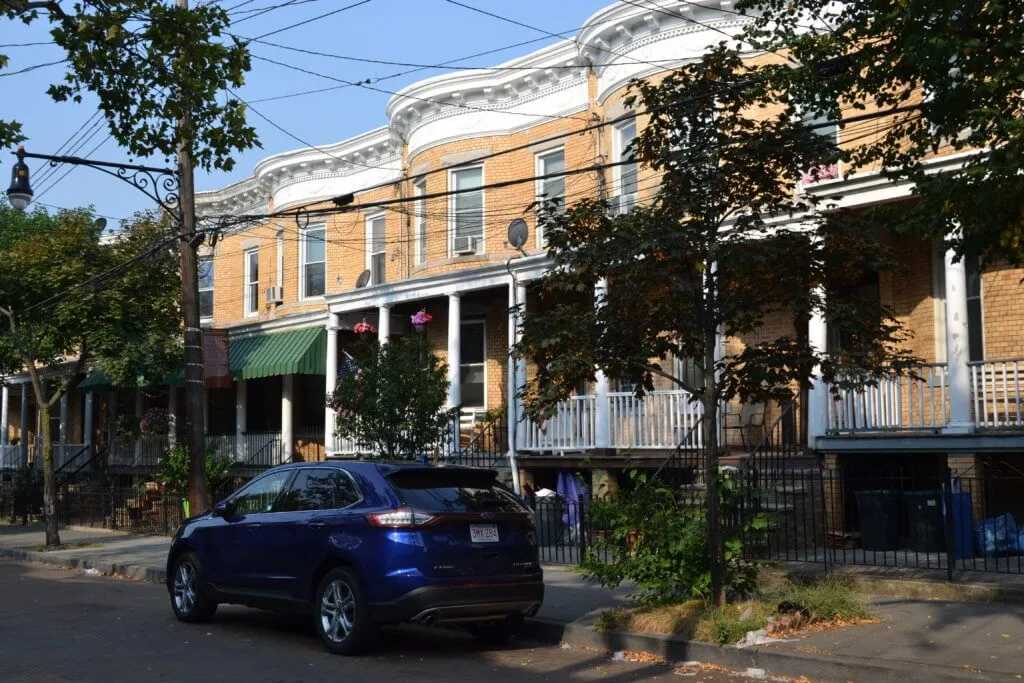
Generations of nature lovers flock to the Ridgewood Reservoir in the southeast corner of the neighborhood, which was listed on the National Register of Historic Places in 2018. The reservoir was built in 1859 to supply the independent city of Brooklyn with drinking water that came from streams in Queens and Nassau counties. After New York City switched to reservoirs in the Catskills in the 1950s, the Ridgewood Reservoir was decommissioned and drained in 1989, becoming a lush and dense forest that is now home to more than 150 species of birds.
Ridgewood shares a border with Bushwick, Brooklyn. The two neighborhoods shared the same Brooklyn zip code until the 1977 New York City blackout, when newspapers around the country published photos depicting rioting and looting in Bushwick. In response, residents of Ridgewood began to express interest in disassociating themselves from the Brooklyn neighborhood. As complaints mounted, it was determined that the neighborhood’s Zip code could be changed if U.S. Representative Geraldine Ferraro could secure support from 70% of residents. After Ferraro’s office distributed ballots, 93% of the collected ballots remained in favor of the change. On January 13, 1980, Ridgewood officially adopted the Queen’s Zip code of 11385.

Just a few decades ago, many streets in Ridgewood were home to small textile mills and other factories, but they began to close down as businesses relocated to other states and countries as companies sought to cut costs. Many of these properties were converted over the years into artist lofts and other apartments, accommodating the arrival of a new generation of residents. Many of these folks are young professionals who’ve come to the area in search of more affordable housing, close to the subway — both of which have always been abundant in the community. These young professionals brought with them a new vibrancy to Ridgewood; some of them opened up new cafes, workspaces and other businesses across town, bringing new life to the local economy.
There remains one constant reminder of Ridgewood’s rural past today: the Vander-Ende Onderdonk House, at 1820 Flushing Ave., close to the Ridgewood/Bushwick border.
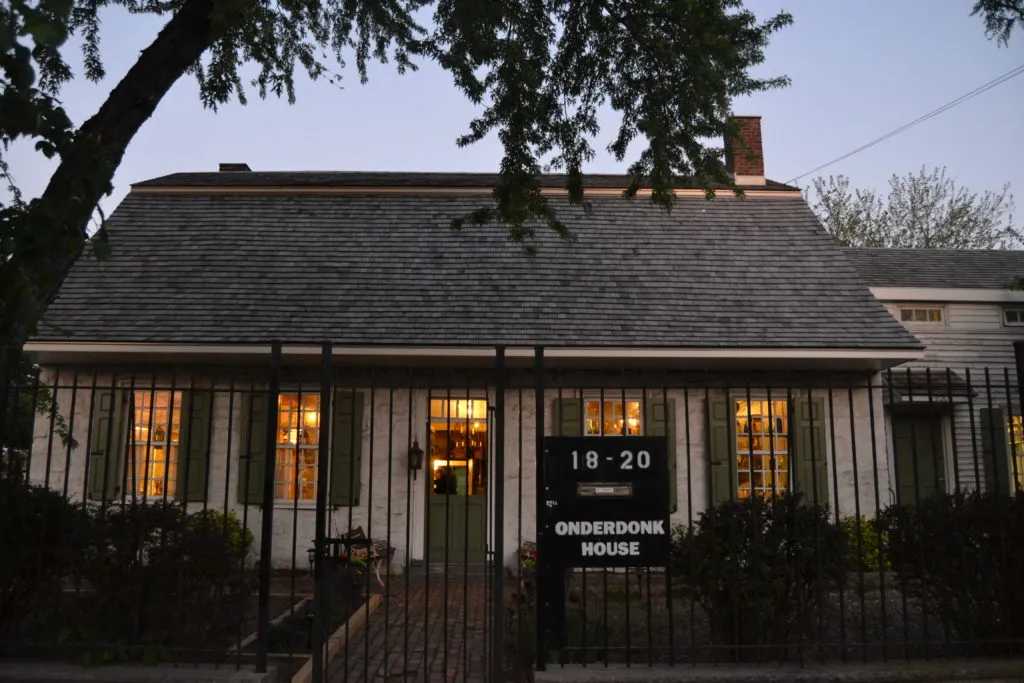
The house dates back to the Dutch settlement of New Netherlands, more than 400 years ago. During the 20th century, it was converted into part of a factory as the area transformed into a heavy industrial area. But by the 1970s, the colonial farmhouse was vacant and falling into disrepair. The Greater Ridgewood Historical Society was formed, in large part, as an effort to save and restore the Onderdonk House as a landmark.
Today, the Onderdonk House — the campus encompassing nearly a full city block — hosts numerous events celebrating Ridgewood’s history and culture. The house has become a museum documenting the Onderdonks, who once lived there, and many related artifacts connected to Ridgewood history.



